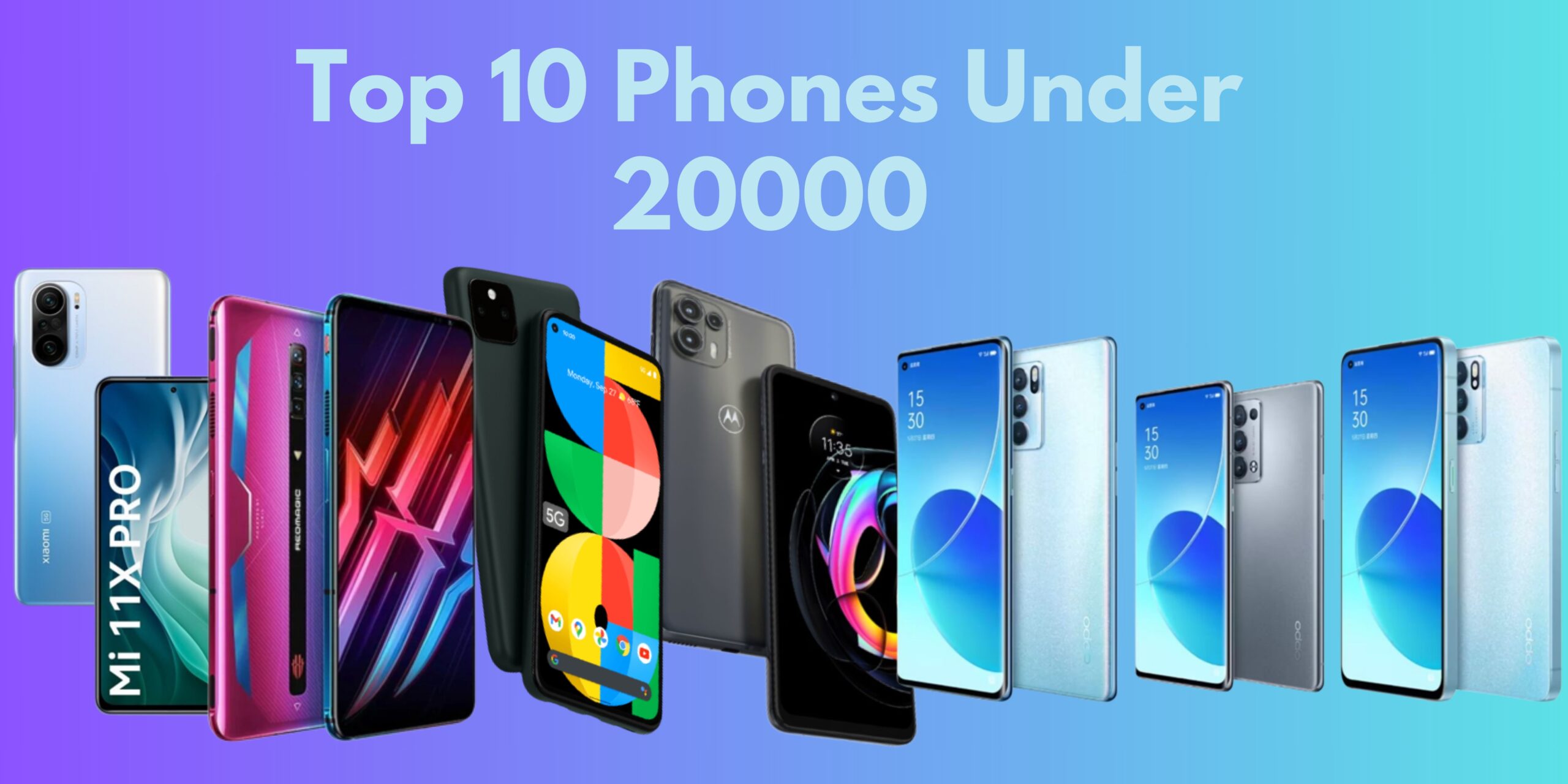Augmented Reality in Retail
Augmented Reality (AR) has emerged as a game-changer in the retail landscape, redefining how consumers interact with products and brands. This transformative technology overlays digital information onto the physical world, creating immersive and engaging experiences for shoppers. In this article, we explore the impact of augmented reality in retail and the ways it is revolutionizing the traditional shopping journey.
1. Virtual Try-Ons: Bringing Products to Life
One of the most compelling applications of AR in retail is virtual try-ons. Customers can use AR-enabled devices or mobile apps to visualize products in a virtual space. Whether trying on clothing, accessories, or even furniture, shoppers gain a realistic preview of how items will look in their own environment, enhancing confidence in purchasing decisions.
2. Enhanced In-Store Navigation: Finding What You Need
AR-powered navigation systems make in-store shopping more efficient. Retailers can leverage AR apps to provide customers with interactive store maps, guiding them to specific product locations. This feature not only improves the overall shopping experience but also helps retailers streamline operations by reducing the time customers spend searching for items.
3. Interactive Product Information: Educating and Engaging
AR allows retailers to enrich product information with interactive digital content. By scanning products or signage with AR-enabled devices, customers can access detailed information, customer reviews, and multimedia content. This interactive experience goes beyond traditional product labels, providing a more engaging and informative shopping journey.
4. AR Fitting Rooms: Trying Before Buying
Incorporating AR into fitting rooms enhances the try-before-you-buy experience. Virtual mirrors equipped with AR technology can superimpose different clothing options onto the customer’s reflection. This enables shoppers to quickly compare styles and sizes without the need to physically change, fostering a more efficient and enjoyable shopping process.
5. Personalized Shopping Experiences: Tailoring Recommendations
AR contributes to personalized shopping experiences by analyzing customer preferences and purchase histories. Retailers can use AR to offer personalized recommendations and promotions based on individual profiles. This not only enhances customer satisfaction but also increases the likelihood of upsells and cross-sells.
6. Virtual Pop-Up Stores: Expanding Retail Spaces
AR opens the door to virtual pop-up stores, allowing retailers to extend their reach beyond physical locations. Brands can create virtual storefronts in popular public spaces or through AR apps, enabling customers to explore and make purchases from anywhere. This innovative approach to retail offers flexibility and novel engagement opportunities.
7. AR for Product Customization: Creating Unique Items
Product customization becomes a seamless process with the help of AR. Customers can use AR interfaces to personalize products in real-time, whether it’s adjusting colours, patterns, or features. This level of customization enhances the emotional connection between consumers and products, fostering a sense of ownership and uniqueness.
8. Gamified Shopping: Turning Retail into an Experience
AR introduces an element of gamification to the retail experience. Retailers can create interactive AR games or challenges within their stores, encouraging customer participation and interaction. This not only makes shopping more enjoyable but also increases foot traffic and customer engagement.
9. Remote Assistance: Bringing Experts to the Customer
AR-powered remote assistance connects customers with product experts or stylists in real time. Shoppers can use their smartphones or AR glasses to seek guidance from experts located elsewhere. This feature is particularly useful for high-end products, where personalized advice and assistance can make a significant impact on the customer’s decision-making process.
10. Post-Purchase AR Engagement: Extending the Experience
AR continues to engage customers even after the purchase is made. Brands can implement AR experiences through packaging or post-purchase apps, offering additional content, tutorials, or interactive features related to the product. This post-purchase engagement enhances brand loyalty and encourages repeat business.
Shaping the Future of Retail
Augmented Reality is undeniably shaping the future of retail by providing innovative solutions to age-old challenges. As technology continues to evolve, AR will likely become more seamlessly integrated into the retail landscape, offering unparalleled opportunities for customer engagement, product exploration, and brand differentiation. The fusion of physical and digital realms through augmented reality is transforming retail into a dynamic and interactive experience, paving the way for a new era of consumer-centric shopping.


